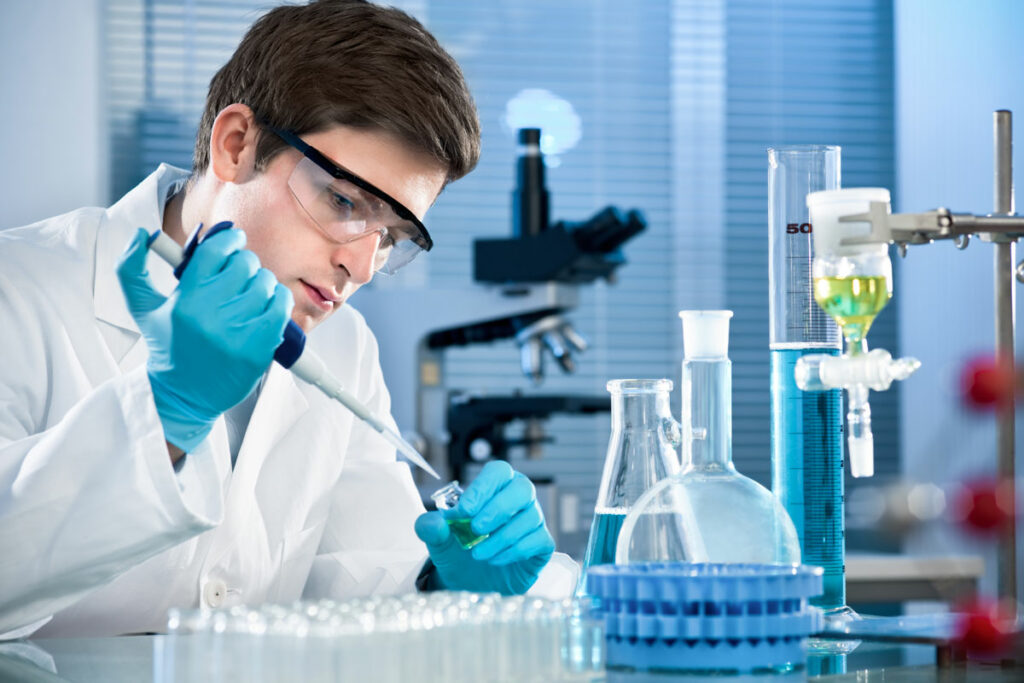Heparin
What is heparin?

2007-2008 Heparin Supply Contamination

60-70% of Supply Sourced from China

Epidemic
Vulnerabilities

Biologically
Derived
From Livestock to Labs
Optimivia’s innovative technology allows heparin to be produced in sterile labs instead of filthy slaughter houses.
Has something like this ever been accomplished before?
Not only has a globally critical medication previously produced from livestock byproducts been replaced by the same drug built in a lab, but chances are it’s a drug you are well aware of: Insulin.
Also a globally critical medication, insulin was first produced from cow and pig pancrease. However, since Genentech’s invention in the 1980s of synthetic insulin production using recombinant DNA technology, nearly 100% of all insulin sold worldwide has been synthetic. We no longer make insulin using livestock byproducts.
Why should heparin be different?
The story of synthetic insulin is nearly identical to our story of synthetic heparin.

Historical Analogy –Insulin Precedent
Optimvia envisions a repeat of the Insulin evolution for Heparin
Insulin
- World Health Organization Necessary Medication Designation
- 2019 Global Market = $34.8B, CAGR 9%
- First medical use 1922
- 1922-1982 – produced exclusively using cow and pig pancreas
- 1982-83 – Genentech invent biosynthetic insulin using recombinant DNA technology.
- Since 1990 – nearly all sales of insulin have been from biosynthetic manufacturing
Heparin
- World Health Organization Necessary Medication Designation
- 2019 Global Market = >$10B, CAGR 6.2%
- First medical use 1939
- 1939-Present –produced exclusively using cow lungs and pig intestines
- 2019 – Optimvia invents first commercially viable biosynthetic heparin using engineered enzymes.
- From 2025 – Optimvia aims to produce nearly all of the global demand using our biosynthetic manufacturing technology
